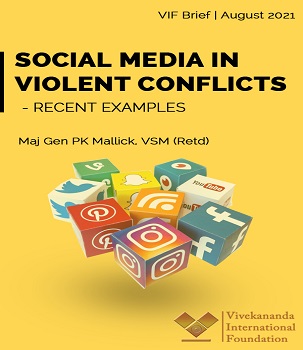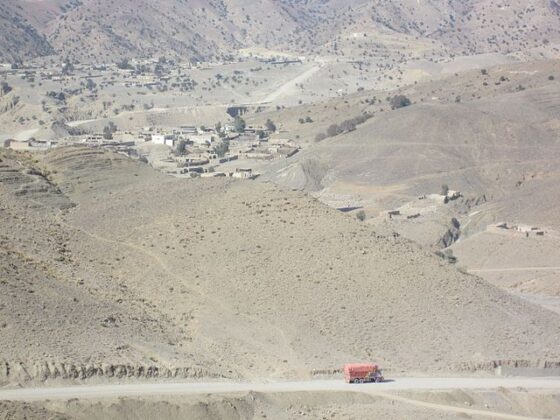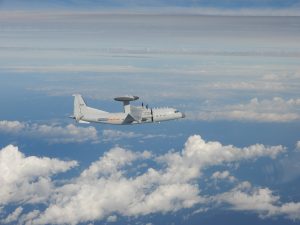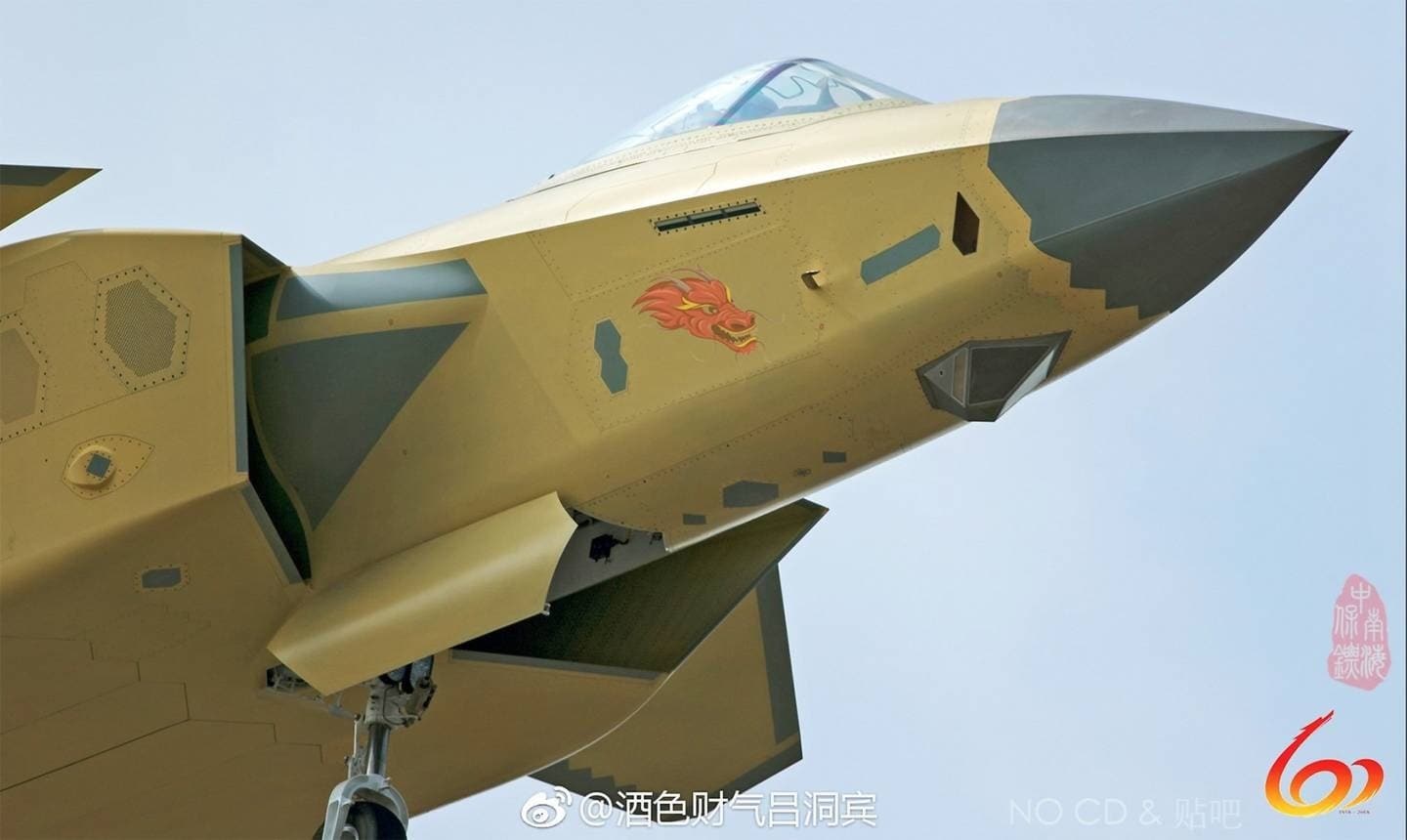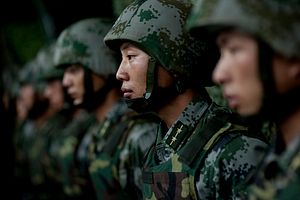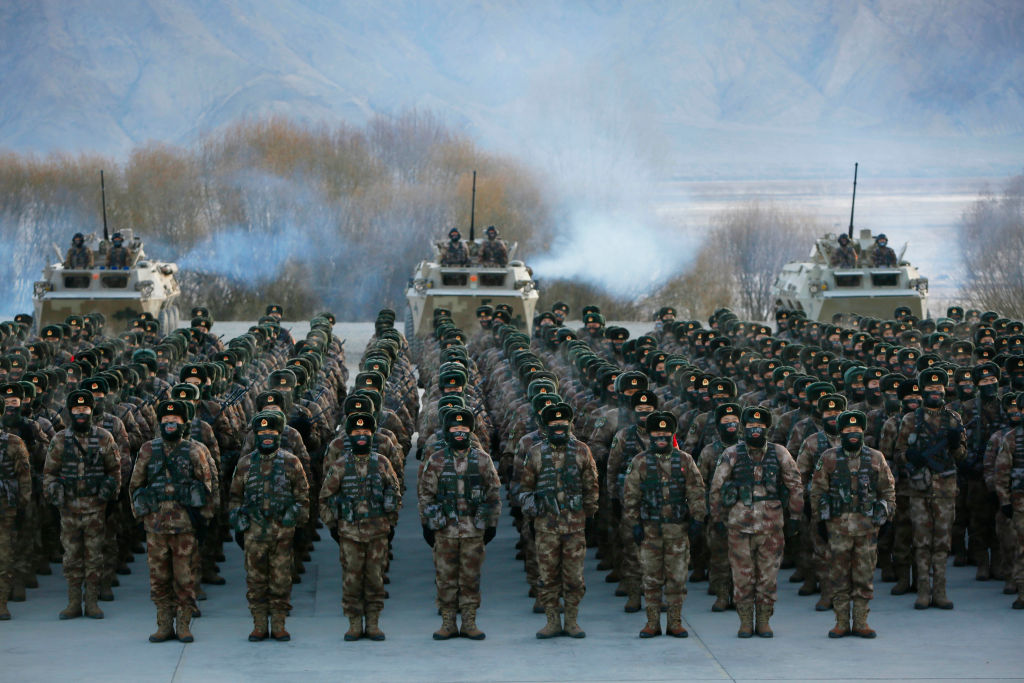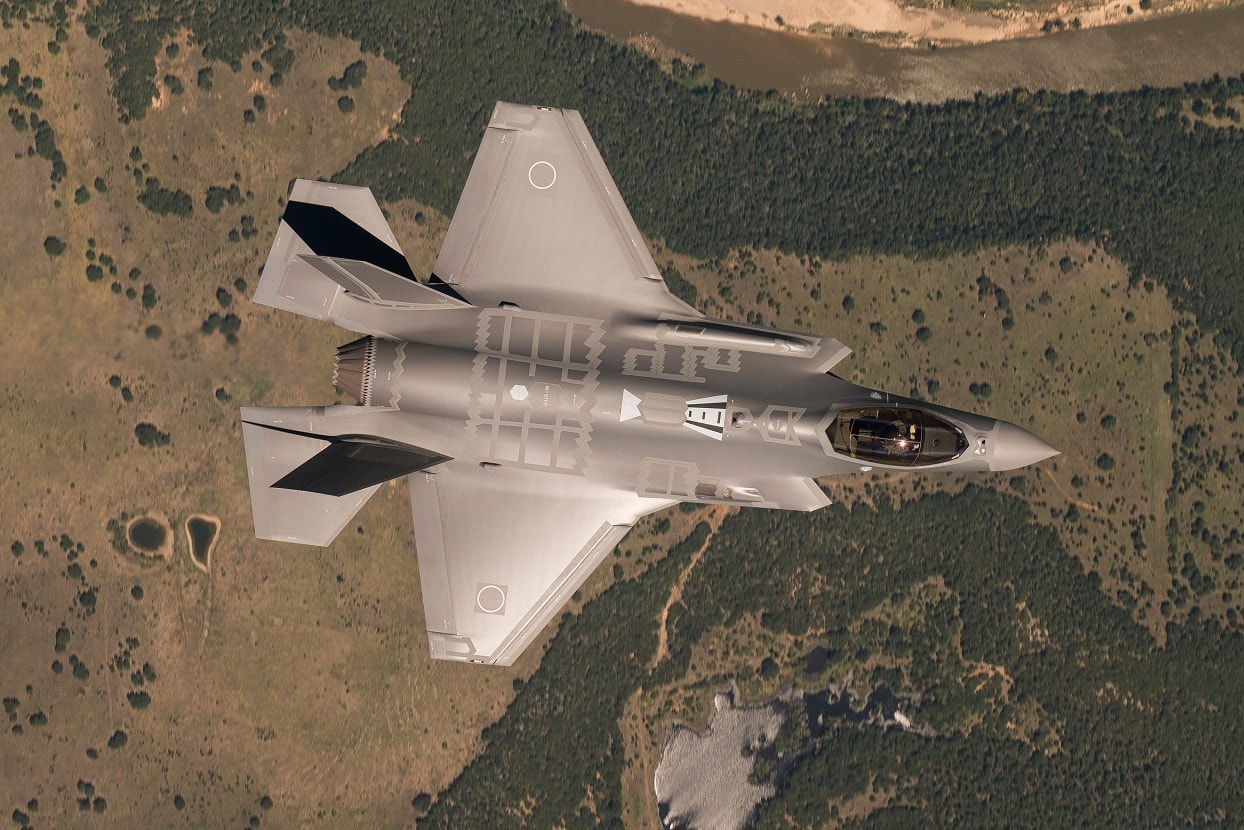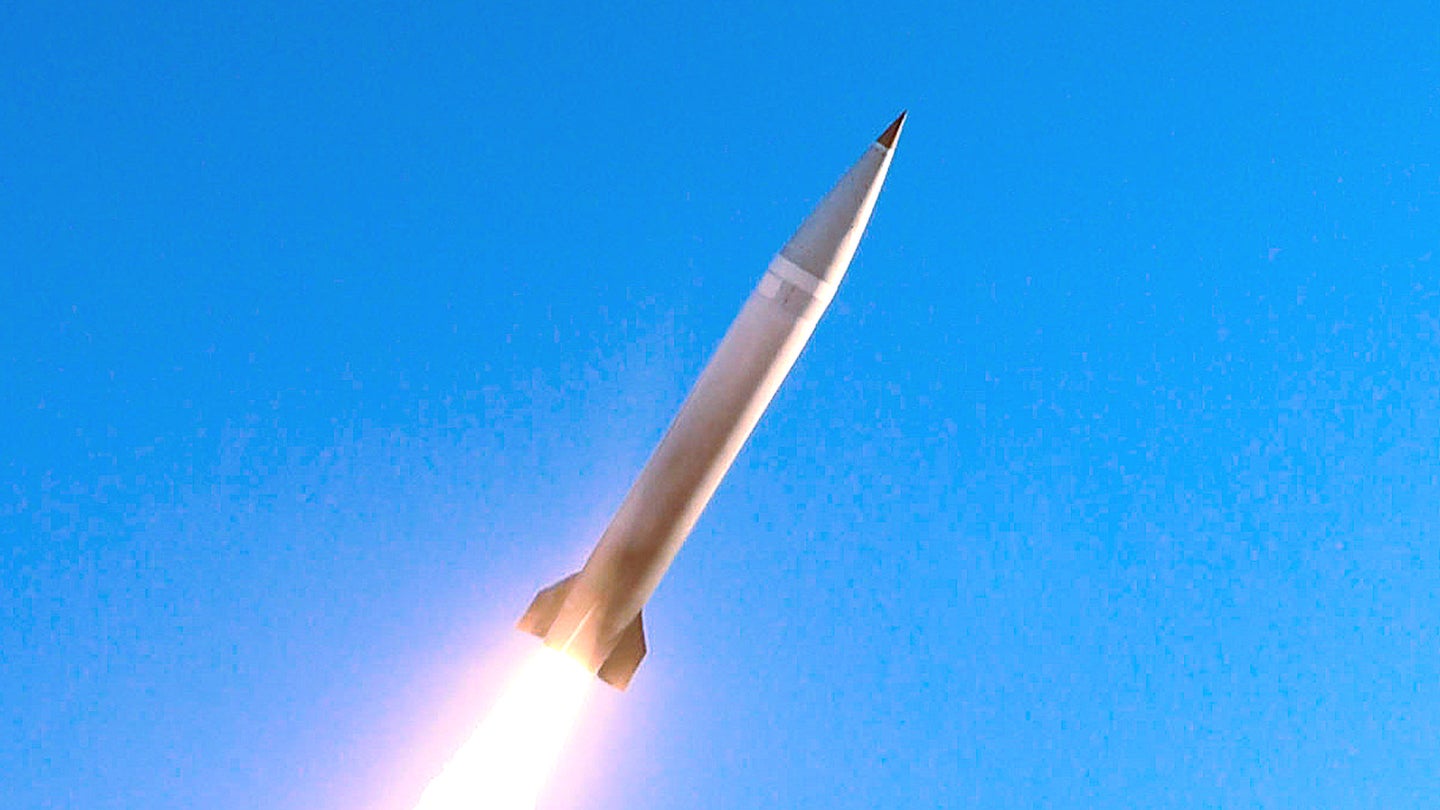GeoEconomics Center and Rhodium Group
China is a global economic powerhouse, but its system remains opaque. Policymakers and financial experts disagree on basic facts about what is happening inside the country. Leaders need a shared language to describe China’s economic system that can be trusted by all sides for its accuracy and objectivity. This is the goal of the China Pathfinder Project.
Over the past eight months, teams from the Atlantic Council and Rhodium Group have taken a dive into China’s economy to address a fundamental question: Is China becoming more or less like other open-market economies?
To find the answer, our study explores China’s economy in six key areas that define open-market systems: trade, innovation, direct investment, portfolio flows, market competition, and the financial system. We then used this data to create a new scoring system that compares both China’s record of liberalization and its economic performance with those of the United States and nine other leading open-market economies. We then tracked how China has progressed on these metrics over the last decade.
The report recognizes the complexity of this subject and tells a multi-layered story. Inside, you will find new information that will challenge commonly accepted narratives about China’s economy. This innovative research draws upon the world-class expertise of Rhodium Group, which has worked on these issues for nearly two decades. Both this report and the data-visualization home for this project are part of the Atlantic Council GeoEconomics Center’s mission to break down barriers between finance and foreign policy.
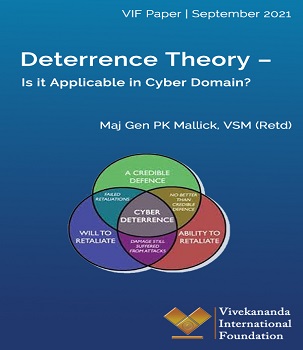 The Deterrence Theory was developed in the 1950s, mainly to address new strategic challenges posed by nuclear weapons from the Cold War nuclear scenario. During the Cold War, the U.S. and the Soviet Union adopted a survivable nuclear force to present a ‘credible’ deterrent that maintained the ‘uncertainty’ inherent in a strategic balance as understood through the accepted theories of major theorists like Bernard Brodie, Herman Kahn, and Thomas Schelling.1 Nuclear deterrence was the art of convincing the enemy not to take a specific action by threatening it with an extreme punishment or an unacceptable failure.
The Deterrence Theory was developed in the 1950s, mainly to address new strategic challenges posed by nuclear weapons from the Cold War nuclear scenario. During the Cold War, the U.S. and the Soviet Union adopted a survivable nuclear force to present a ‘credible’ deterrent that maintained the ‘uncertainty’ inherent in a strategic balance as understood through the accepted theories of major theorists like Bernard Brodie, Herman Kahn, and Thomas Schelling.1 Nuclear deterrence was the art of convincing the enemy not to take a specific action by threatening it with an extreme punishment or an unacceptable failure.